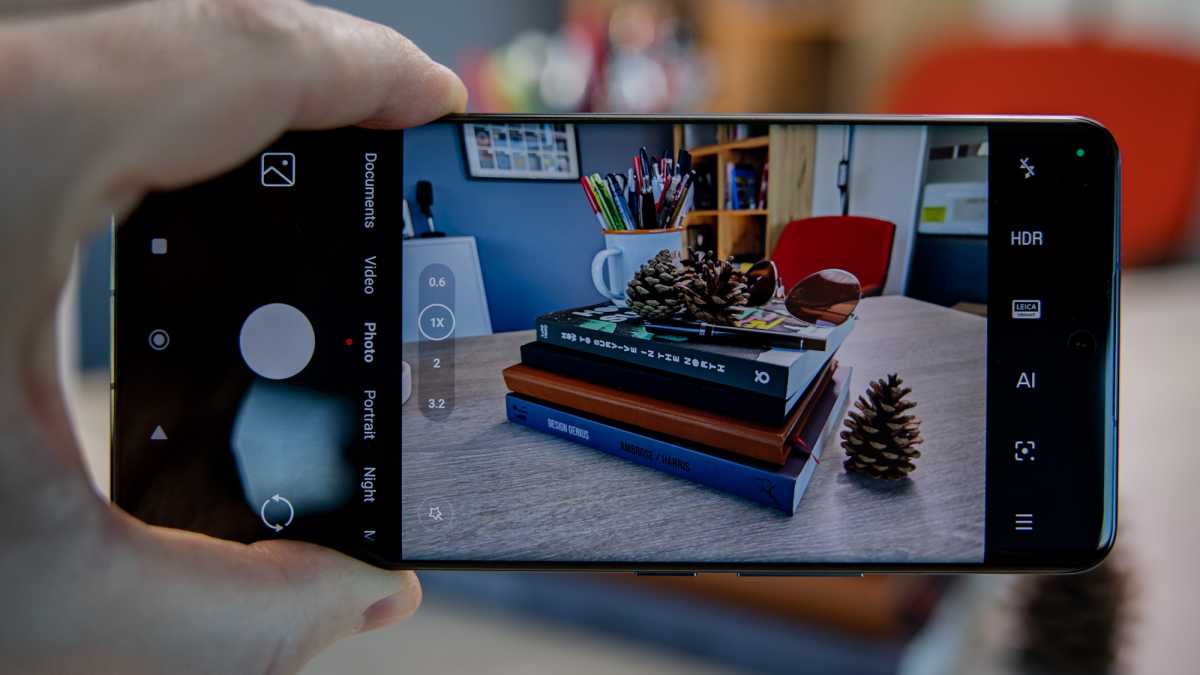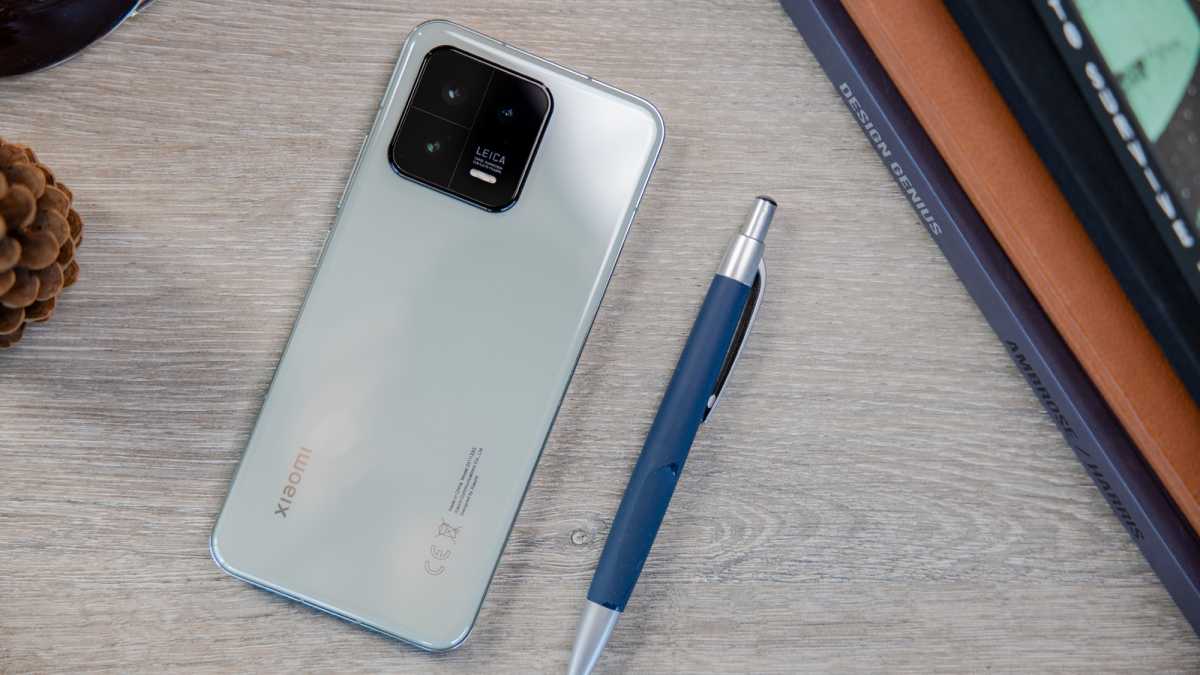Xiaomi has officially launched the 13 series phones internationally, but you could be forgiven for thinking that not much has changed on the 13 Pro compared to last year’s equivalent phone.
The huge camera bump has been redesigned, of course, but it still houses a trio of 50Mp rear sensors. Other than that, isn’t it just the usual annoying spec bump we’ve come to associate with flagship phones?
Absolutely not. The Xiaomi 13 Pro turns out to be a substantial upgrade over the 12 Pro from 2022. There’s a slight increase in price (now £1,099/$1,299), but it’s justified thanks to four improvements keys.
The first is the one you’ve probably already guessed: cameras. Within that massive, ugly camera bump is a new 50Mp sensor – specifically, Sony’s 1-inch IMX989. It’s the same lens found in Vivo’s X90 Pro, the best camera phone you can buy by our calculations, so it’s no surprise that the Xiaomi 13 Pro’s photos are excellent .
Detail, dynamic range and exposure are all close to best-in-class, while replacing the default saturated ‘Vibrant’ mode with ‘Genuine’ gives you an incredibly true-to-life image. It excels in a range of different scenarios, including low-light photos.
But that primary lens is cleverly supported by two other 50Mp cameras. The telephoto lens now offers up to 3.2x optical zoom, and it’s great to have an ultra-wide lens that doesn’t cause a noticeable drop in quality. Besides an excellent 32Mp selfie camera, there aren’t many better phone camera systems.

Dominik Tomaszewski / Foundry
Battery life was one of the major weaknesses of the Xiaomi 12 Pro, but that’s not the case with its successor. The 13 Pro can comfortably last a full day, even with high brightness, GPS and 120Hz refresh rate enabled.
This is due in part to a larger 4820 mAh battery (instead of 4600 mAh), but also to the Snapdragon 8 Gen 2 chip. In addition to offering high-end performance, power efficiency is significantly better than on the 12 Pro. It’s now one of the few phones that offers great battery life and fast charging – 120W to be exact.
But the other notable upgrade is one you might not have noticed. The Xiaomi 13 Pro has an IP68 rating, which means it can withstand dust and immersion in up to 1.5m of water for up to 30 minutes. Considering the 12 Pro had no IP rating of any description, it’s a big upgrade.
The 13 Pro’s performance is still superb, while the 6.73-inch 120Hz OLED display is a joy to use.
But all of these strengths don’t necessarily mean you should buy one. The MIUI 14 software experience is based on the latest Android 13, but it’s a big departure from the version you might be used to, and not in a good way. A confusing Settings menu, tons of bloatware are just some of its downsides compared to so-called “stock” Android.
At its £1,099 price point, it becomes very hard to ignore, especially considering the flagship competition. But one of Xiaomi’s other new phones might be more appropriate.
Xiaomi 13
The standard £849/$999 Xiaomi 13 opts for a flat 6.36-inch display (1080×2400) rather than the curved one of the 12 Pro, but retains its 120Hz refresh rate.

Dominik Tomaszewski / Foundry
You still get the Snapdragon 8 Gen 2, which offers excellent performance with 8 or 12 GB of RAM. Its power efficiency will also benefit battery life, although you’ll have to settle for a smaller 4500mAh cell here.
Wired charging drops to 67W here, but you still get 50W wireless charging. IP68 water and dust resistance also makes its way to the standard Xiaomi 13.
However, the cameras suffered significant degradation. The 50Mp main lens is much smaller than the Pro’s 1-inch sensor, while the telephoto drops to 10Mp and the ultra-wide to 12Mp. A 32Mp selfie camera remains, however.
Xiaomi 13 Lite
The Xiaomi 13 Lite costs just £449 / $499, but that’s reflected in the specs.
It boils down to the Snapdragon 7 Gen 1 chipset and 8GB of RAM, along with a slightly smaller 4500mAh battery. The 6.55-inch 120Hz OLED display is identical to the standard 13, but there’s no telephoto lens and the ultrawide drops to just 8MP.
However, it should still be a solid option among mid-range phones.







